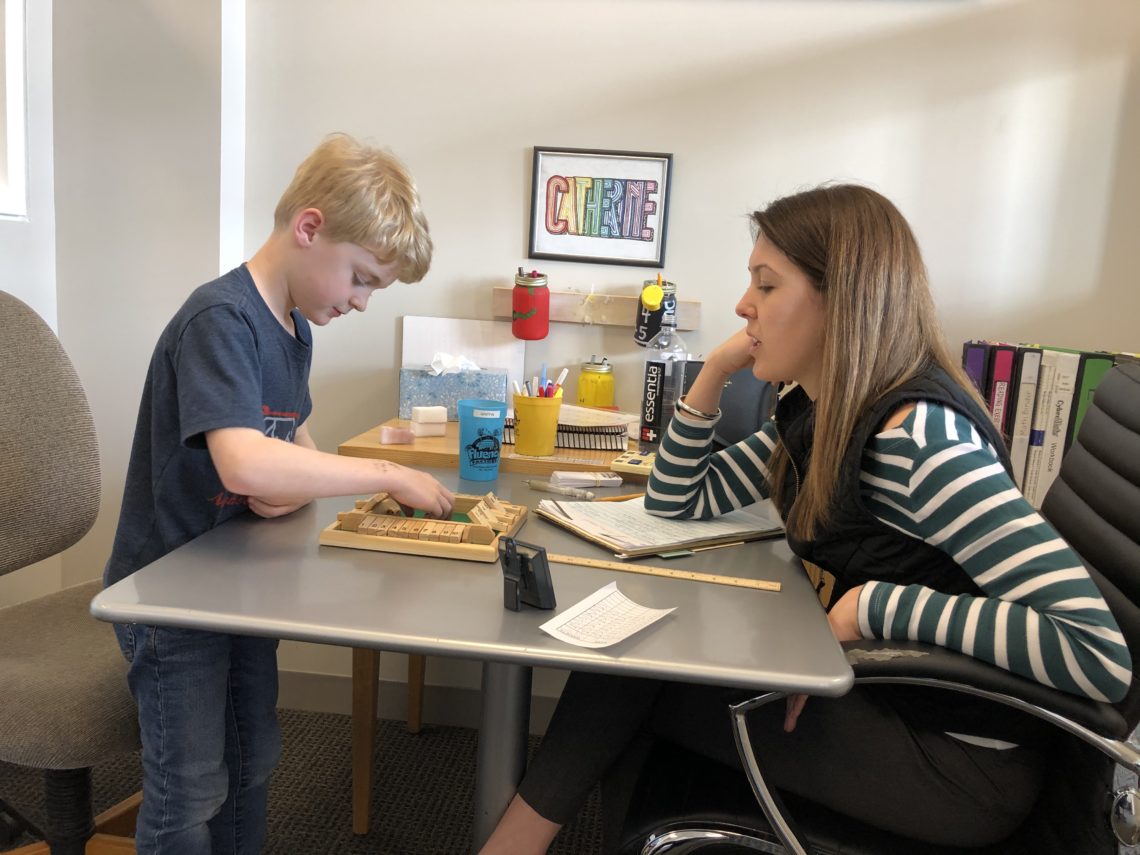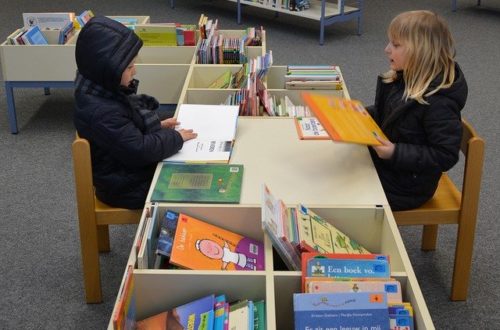Charting—Navigating Life Changes and Learning
Part 1
We know when we get in a car and step on the accelerator that we are moving—we can see the instruments and feel the acceleration. But when we send our child to school we don’t have that same experience. We don’t always know what is happening, and there are no immediate updates. But there could be! What if there was a way to see whether a person is learning—learning to a high level—while the process is going on. What if this instrument for navigating education were simple, accessible and transparent? What if this instrument made it possible to gauge human performance at every possible level—from concert level pianist to beginning reader—and included the possibility of tracking problematic behavior as well as skill development.
This miraculous tool would make it possible to really study and understand various changes that are important to people. What is the best path to excellence in a performance based skill? This tool would make the continuum from beginner to expert clearer, and help to design and deliver more effective curricula. How can such a tool exist? Or better, when can it be created so that we can be certain that a child is learning to read, a middle school student is learning to master algebra, a high school student is mastering the components of the SAT?
If only such a tool could be discovered, it would change our lives.
But wait, this tool exists, and has existed for some time.
It was originally designed so that children in an educational research center could be more quickly understood, so that learning about learning could be rapidly shared. Most of our traditional educational data are displayed on percent correct graphs, with small changes in accuracy accorded a large impact on the graph. Moreover, percent correct can only handle academic tasks that are right or wrong—it is an inexact and somewhat inflexible measurement approach. It cannot easily give feedback on performance mastery—so for example, two students might be able to obtain 100% on a test in Algebra. Student A completes the 25-question test in 10 minutes, Student B in 45 minutes. Their grades are alike, but while one of them demonstrates mastery of the test, the other struggled to complete it.
This remarkable tool can illuminate performance on any task or any kind of learning. It shows change in performance over time, and there are thousands of people, primarily behavioral educators, who use this chart as a navigational tool to understand what their students need and to help them improve their skills to the highest possible level.
Although the impact of the use of this chart is amazing, the truth is that it has been rarely used in general education schools. When it was used it was incredibly powerful. How about these for results? Over the course of four years, an entire school, the Sacajawea School, went from “average” performance within a group of other district schools to 90th percentile and above in each of the domains on the Iowa Test of Basic Skills.
The use of this simple chart allowed the students to build their skills, regardless of where they began, to elite levels. I believe the capability of this navigational chart to present and nurture early learning is the key to this success. Careful handling of early learning is critical. These incredible results are the product of the early reinforcement and confidence that the chart builds. Without the chart, early learning cannot be as clear to student or teacher, and consequently a student may be judged a failure at a very early point in life, and never fully attain his or her potential.
What is this powerful instrument? It stems back to 1967, when Ogden Lindsley and Eric Haughton sent a hard-drawn copy of “Daily Chart #1” to Helen Brennan’s print shop in Kansas City, KS. This chart had forty days—the intent of the chart was to provide daily measurement—and to assure that if days were missed in the measurement it would be obvious because there would be empty lines. The span of the chart was the entire frequency of human performance, from one event in twenty-four hours to one thousand events per minute—literally a million a day. So even covert but measurable behaviors such as brain waves could be depicted on the chart. Since that time the chart, first called the Daily Chart, later the “Standard Behavior Chart,” more recently called the Standard Celeration Chart has spread throughout the world.
Part 2
I confess I started charting because I NEEDED a kind of graph that could deal with thousands of violent behaviors in a short time. Some of my clients were so dangerous that the custodial ward they live in was nicknamed the “Combat Zone.” The first project I worked on was intended to bring the staff of the ward over to my side, as I would be training and supervising how our clients were handled. The client, a young adult named George, was fed as quickly as possible. He spat and scratched while a staff person stood near him and shoveled gruel into his mouth. He yelled along with the event. I changed how he was fed and (naturally) the first thing that happened was that my baseline was eclipsed by hundreds of spits. Carl Binder had this weird looking blue chart that could hold a million behaviors in a day. A million behaviors! I wanted that! So my introduction was to the usefulness of the then Standard Behavior Chart in looking at reducing the frequency of high frequency problem behaviors. What I didn’t understand was that this chart would be much more effective if I was looking at teaching new behaviors, not trying to reduce problematic ones. And not just for teaching new behavior, but also for reducing problematic behavior because you are teaching new behavior. A person who is learning is not a person who is going to create problems.
I decided to open a learning center when I learned how incredibly rapid students could achieve new levels of performance through the use of those blue charts. Ray Beck presented the results of The Sacajawea Precision Project at the 1990 Precision Teaching Conference. The results were staggering. Fifteen to twenty minutes a day led to performance in the 90th percentile and above for the entire school population. Every student, even students with disabilities, took the Iowa Test of Basic Skills in this one school—and outperformed the regular education students in all of the other schools! This precise attention to very small increments of learning built amazing skill in the students very economically. I had personally witnessed the damage that early negative experiences could have on children. Negative early school experiences could result in extended problems throughout life, and limited access to the highest level of academic performance. I knew we would be able to improve the lives of many children through the use of these powerful tools.
Here are data slices of two students who stand out as I look back on our history—their improvements were made possible by the use of charted components—with those component skills higher order abilities emerged and these students blossomed. And the blossoming made a profound difference in their lives.
Abby came to us with an 8th percentile overall score on the Secondary School Admission Test. She had been in a private school and would be leaving, as she was in the 8th grade and the school ended there. Her mom was advised that tutoring would not do any good, and that it would only frustrate Abby. She would need to reach at least the 50th percentile to achieve entry into any of the prep schools she was interested in, and the guidance counselor was sure that nothing could help.
When we assessed Abby we found that she was missing some critical skills at the foundation level. Her multiplication was strong but her division was far below where it needed to be. Her reading was two years below grade level, and her phonemic awareness was almost non-existent. She could only read 33 of 56 vowel sounds in our assessment correctly. Her reading speed was 160 wpm, too slow for great performances on a tough test.
What we did:
We built Abby’s conversion of fractions to decimals from 40 digits per minute to 98, her fraction equivalents from … At every step we built her confidence but most importantly we built her ability to recognize vowel sounds from this high error count to several different very fluent performances.
As each of these core skills increased we gave her opportunities to work on the test itself. She became increasingly more confident at every step of her performance, with a more careful analysis of questions, and as her reading fluency increased her performance on the SSAT increased.
Jacob
Jacob was referred by an old friend of mine because he was refusing to go to his Geometry class—he would no longer take the classes in math offered by his excellent high school. Instead he and his father drove two hours each way to be tutored in Geometry by our math tutor. Jacob started with very poor math basics. He could only do 49 digits correct per minute in basic addition, 21 digits per minute in subtraction, 53 per minute in multiplication and only 13 per minute in division. These are the levels of a good 5th grader. He was able to do 19 digits per minute correct and 8 incorrect per minute on fraction equivalents, and 50 correct, 10 incorrect on simple fraction reductions. Since he was only attending for one hour per week we gave Jacob and his father the assignment of improving those performances while our tutor worked on Geometry.
His skills were so weak that we began with 2’s, 5’s and 9’s tables—he accelerated so rapidly that he could quickly max out the work sheets. His fraction equivalents went from 32 per minute to 68 per minute in one week, just practicing at home.
Once those skills were mastered he never looked back! His performance in Geometry was just as amazing as his development in math basics. And he went beyond—this year he graduated from his high school with an A+ in calculus, and next year will attend an excellent engineering school. He is heading for a very strong course—but imagine, if he had not worked with us he might never have completed his high school math classes—and almost certainly would never have achieved the extremely high levels he did.
Using the chart to navigate learning made immense changes possible for these students. Similarly, looking at the performance of your students in terms of mastery can make an immense difference in their lives.





